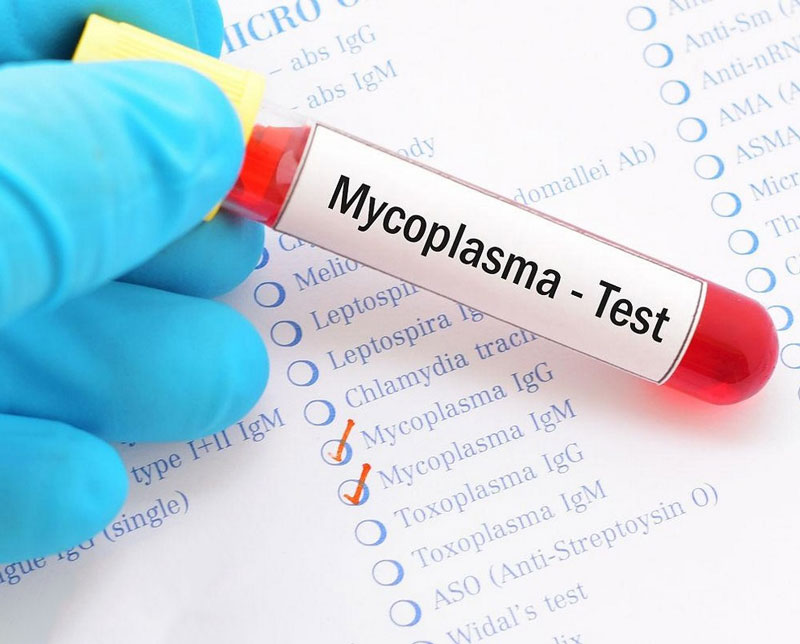Among the various types of respiratory infections, Mycoplasma pneumoniae is a commonly encountered bacterium known to cause respiratory illnesses. In this article, we will delve into the facts surrounding Mycoplasma pneumoniae, its symptoms, transmission, and available treatment options.

What is Mycoplasma Pneumoniae?
Mycoplasma pneumoniae is a type of bacteria that can cause respiratory infections, particularly pneumonia.
How It Spreads
When someone infected with M. pneumoniae coughs or sneezes, they create small respiratory droplets that contain the bacteria. Other people can get infected if they breathe in those droplets.
Most people who spend a short amount of time with someone who is sick with M. pneumoniae do not get infected. However, the bacteria often spread between people who live together since they spend a lot of time together.
What Are the Symptoms of Mycoplasma Pneumoniae Infection?
Mycoplasma pneumoniae infection can cause a range of symptoms, including:
- Cough (usually dry)
- Sore throat
- Headache
- Fatigue
- Fever
- Chest pain
- Shortness of breath
- Chills
These symptoms can be mild or severe and may last for several weeks. In some cases, Mycoplasma pneumoniae infection can also lead to complications such as pneumonia, ear infections, or bronchitis. It is important to seek medical attention if you experience any of these symptoms, particularly if they are severe or persist for an extended period of time.
How Is Mycoplasma Pneumoniae Diagnosed?
Mycoplasma pneumoniae can be diagnosed through a variety of methods. One common method is through a blood test that looks for the presence of antibodies to the bacteria. Another method is through a culture of respiratory secretions, such as sputum or throat swabs. Additionally, nucleic acid amplification tests (NAATs) can be used to detect the presence of the bacteria’s DNA in respiratory samples.
What Is the Treatment for Mycoplasma Pneumoniae Infection?
The treatment for Mycoplasma pneumoniae infection typically involves the use of antibiotics. Macrolides, such as azithromycin and erythromycin, are commonly used as first-line treatments. Tetracyclines and fluoroquinolones may also be used in some cases.
It’s important to note that antibiotics are only effective against bacterial infections and are not effective against viral infections. Therefore, it’s important to receive a proper diagnosis from a healthcare professional before starting any treatment. Additionally, it’s important to complete the full course of antibiotics as prescribed by your healthcare provider to ensure the infection is fully treated.

















